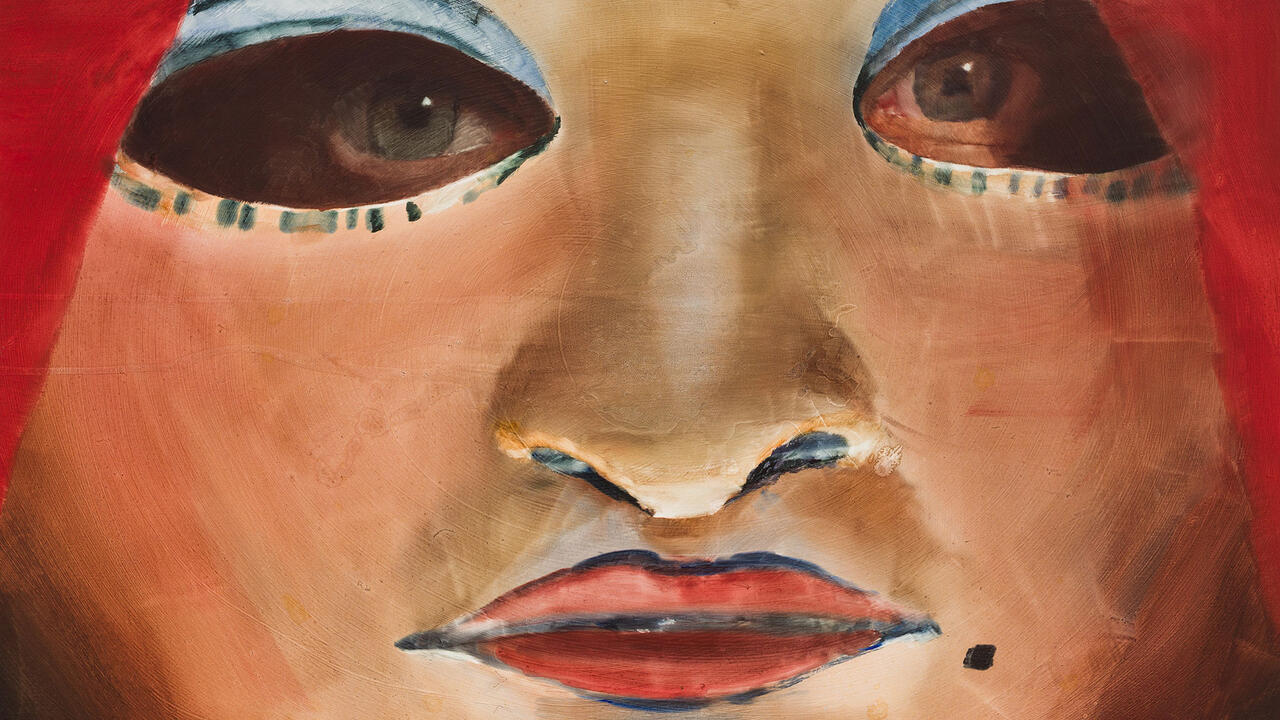Sharjah Biennial 7

Springtime in Sharjah and the motorway sidings were sprigged with signposts for two events with very similar names. Follow one set, and you’d fetch up at ‘Belonging’, the 7th Sharjah Biennial. Follow another, and you’d find yourself in the thick of ‘Belongingness’, a major powwow of the international Boy Scout movement. This titular coincidence is a nice post-colonial irony (parachuted-in biennial curator as Baden Powell-type agent of Empire, anybody?), but it also begs a question. If the notion of ‘Belonging’ may serve as the organizing principle for both a biennial and Scout bash, might it illuminate something particular to contemporary art, or does it merely present it as one more thing that’s caught up in, and can’t help but speak about, the facts, fictions and frictions of globalization?
Directed by Hoor Al Qasimi (daughter of the ruler of Sharjah) and curated by Jack Persekian, Ken Lum and Tirdad Zolghadr, ‘Belonging’ featured the work of over 70 artists from 36 countries, a few of whom discovered, in the run-up to the biennial’s opening, that their work didn’t quite, well, belong in the show. One such artist was Peter Stoffel, whose request that Persekian fire him from the biennial and then place an ad in a local newspaper warning other employers that they hire him ‘at their own risk’ (a common practice in the UAE among Arab business owners following the dismissal of immigrant staff) was, after some toing and froing, refused in the days leading up to the vernissage. Stoffel’s poster documenting this affair, Recommendation Letter (2005), hung in the biennial’s main venue, the Sharjah Art Museum, near Erik van Lieshout’s Untitled (2005), a work that was also the subject of last-minute curatorial jitters. Here, what Persekian identified as the more culturally and anatomically sensitive components of an installation of nudity-heavy drawings dealing with the recent Islamist murder of Dutch filmmaker Theo Van Gogh were hastily veiled by Van Lieshout with newspaper clippings about the same event – information occluding information, hard news occluding hard-ons. A few days into the biennial several of these clippings had become tatty at the edges, having been lifted free from the drawings by visitors in an act of curiosity that defied both Sharjah’s laws and curatorial deference to them. While there’s something of the playground about both the Stoffel and the Van Lieshout episodes, it’s worth remembering that there’s seldom much that’s grown-up about the way in which identity politics is negotiated. Perhaps that’s why Miguel Calderón’s Water Lilies: High School Resistance (2005), a section of the museum’s ceiling blooming with papery spit-balls, was so effective in the context of ‘Belonging’ – scuffles over competing types of freedom make prefects or schoolboy rebels of us all.
Elsewhere in the museum Zoe Leonard’s 1961 (2003), a line of 43 abandoned suitcases, forged a glib link between Minimalist sculpture and fear of terrorism (do bombs really ‘discipline the body in space’?), while the self-avowedly ‘not so brave’ Nedko Solakov’s wall text Negotiation (2003) related the artist’s absurd attempt to broker peace, via Bulgarian diplomats, between Israelis and Palestinians in advance of a trip to a show in Tel Aviv, brilliantly identifying the self-interest at the heart of most political action or its opposite. Inaction was the theme of Moataz Nasr’s video Echo (2003). Here a monologue from the film El Ard (1969), in which a 1930s Egyptian resistance fighter berates his fellows for their loquacious equivocation in the face of British colonial rule, is performed impromptu in a contemporary Cairo coffee house, to the customers’ mixed bemusement and shame. Little, Nasr suggests, has changed since the 1930s – those that talk about revolution are still largely ‘living in words, nothing but words’. Those that are not, however, such as the Danish activists in Solvej Dufour Andersen’s documentary video HVALPSUND – JERUSALEM (2003) who organize a garage sale in aid of displaced Palestinians, still suffer from (sometimes very funny) doubts about the efficacy of their activism, and about whom it really serves. As one of the interviewees puts it: ‘I have no idea what this means to the Palestinians. If they knew we were doing this, they’d be touched, I guess.’
Reading the curators’ mission statement to ‘cast new light on […] the realities of self and other, of borders and boundaries and how art may possibly surmount divisions’, one wonders if they would have benefited from the self-reflexivity of Andersen’s Dane. It’s one thing, after all, to describe a set of problems (especially ones so familiar from the nightly news) and another, perhaps, to do something for the people at those problems’ sharp ends. The real issue at stake in ‘Belonging’ is to which of these categories the biennial belongs.















